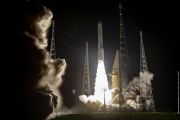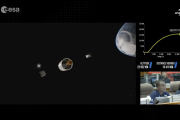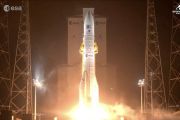
Copernical Team
Engineers improve NASA lidar tech for exploration
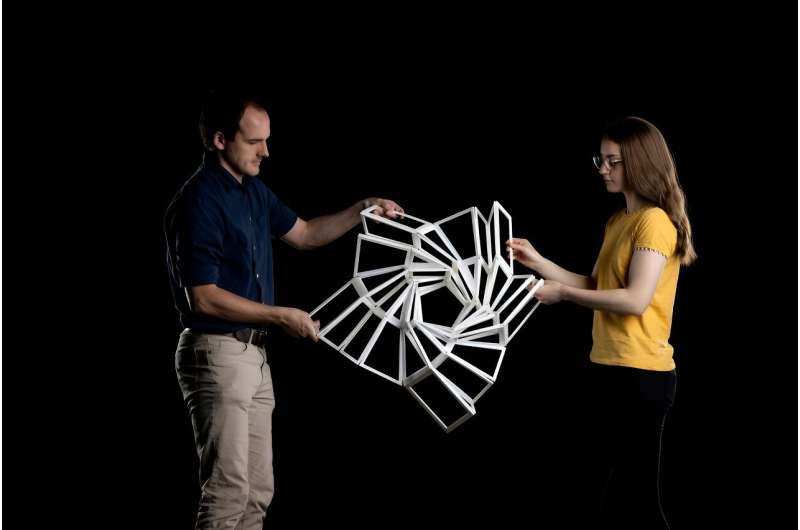
Lidar technology improvements will help NASA scientists and explorers with remote sensing and surveying, mapping, 3D-image scanning, hazard detection and avoidance, and navigation.
Like a sonar using light instead of sound, lidar technology increasingly helps NASA scientists and explorers with remote sensing and surveying, mapping, 3D-image scanning, hazard detection and avoidance, and navigation.
Cutting edge innovations by NASA researchers seek to refine lidars into smaller, lighter, more versatile tools for exploration.
Lunar astronauts will need easy walking trails around the moon's south pole
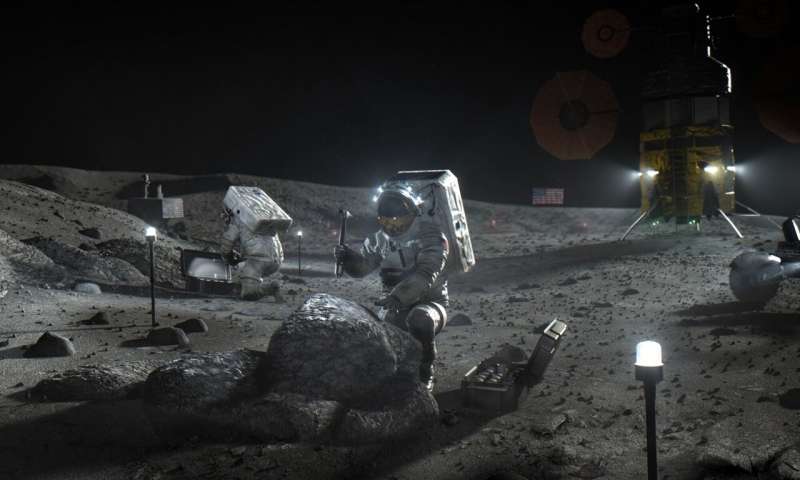
Before this decade is out, NASA plans to return astronauts to the moon for the first time since the Apollo Era and build the necessary infrastructure to keep sending them back. And they will hardly be alone. Alongside NASA's Artemis Program, the European Space Agency also plans to send astronauts to the moon and establish a permanent habitat there (the Moon Village), while China and Russia are working toward creating the International Lunar Research Station (ILRS). Numerous commercial space companies will also be there to provide crew transportation, cargo, and logistical services.
All of this will happen in the moon's southern polar region, a topographically complex region characterized by craters, permanently shadowed regions (PSRs), and undulating slopes. This terrain could prove difficult for crews conducting extravehicular activities (EVAs) away from landing sites and habitats.
In a recent study, an international team of researchers used data from NASA's Lunar Reconnaissance Orbiter (LRO) to create a detailed atlas of the region that accounts for all the traverses and descents.
New US rocket Vulcan Centaur set to launch on December 24

A new US rocket, United Launch Alliance (ULA)'s Vulcan Centaur, is to make its maiden flight on Christmas Eve with a payload that includes a private lunar lander.
The mission, called Cert-1, will also carry on board the cremated remains of several people associated with the original "Star Trek" series, including creator Gene Rodenberry and cast member Nichelle Nichols, who portrayed the character Uhura. Rodenberry's ashes have been launched into orbit before.
Liftoff is scheduled for December 24 from the US Space Force launch base at Cape Canaveral, Florida, United Launch Alliance (ULA) announced Tuesday evening.
"We'll be launching several times in '24," promised ULA's CEO Tory Bruno in an interview on CNBC. "When we get about halfway through '25, we'll be launching every two weeks, so you'll see a steady ramp up."
ULA describes the Vulcan Centaur as its "next generation" rocket that will provide higher performance and greater affordability than its current lineup, which includes the Atlas V.
Crunch time for Phoebus before testing
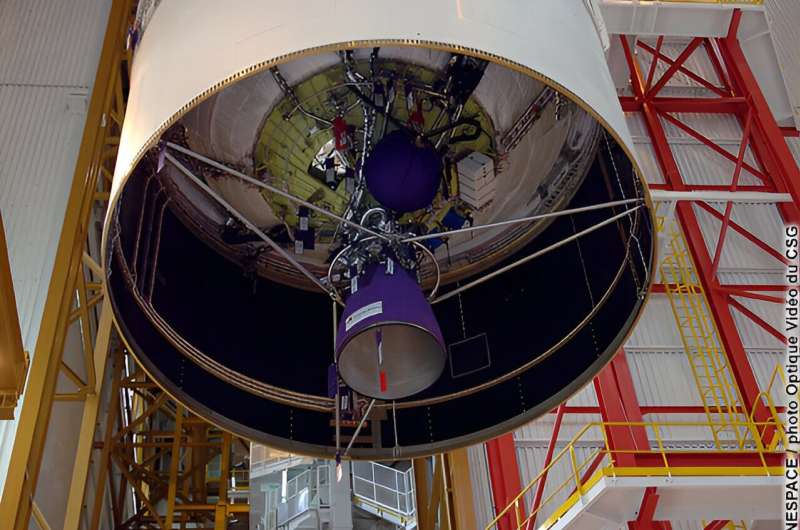
Launching things into space is hard. Aside from the engines and software, orbital calculations and the launch pad, the tanks that hold the fuel are a masterful example of engineering in their own right.
Webb's first detection of heavy element from star merger

Under what conditions many chemical elements are created in the Universe has long been shrouded in mystery. This includes elements that are highly valuable, or even vital to life as we know it. Astronomers are now one step closer to an answer thanks to the James Webb Space Telescope and a high-energy event: the second-brightest gamma-ray burst ever detected, most likely caused by the merging of two neutron stars – which resulted in an explosion known as a kilonova.
Nighttime rehearsal for Ariane 6 towards first flight
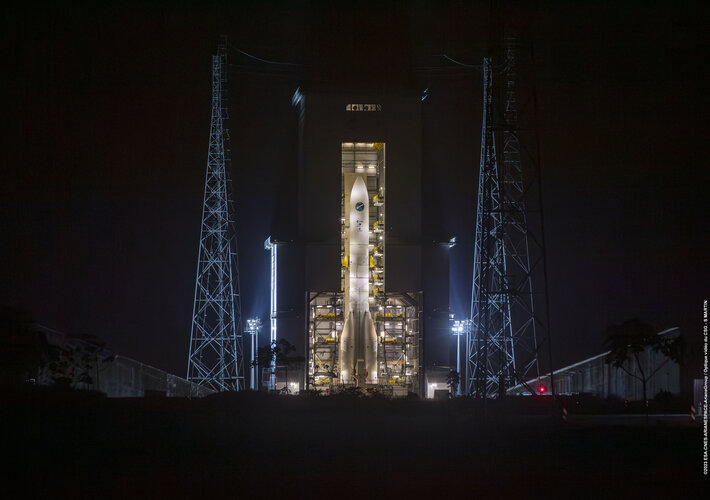
Next generation Moon camera tested in Europe
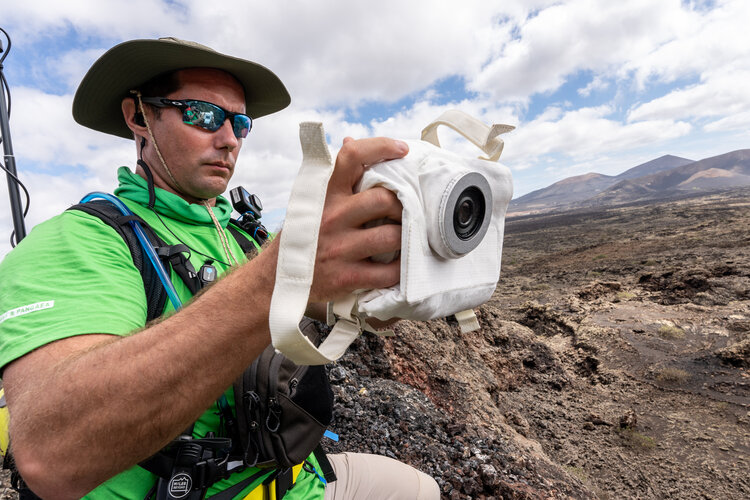
When astronauts return to the Moon, they will take more pictures of the lunar surface than any humans before. To develop the best camera for the job, European astronauts and scientists are lending a helping hand to NASA’s Artemis imagery team.
Open doors for the ESA-ESTEC Open Day
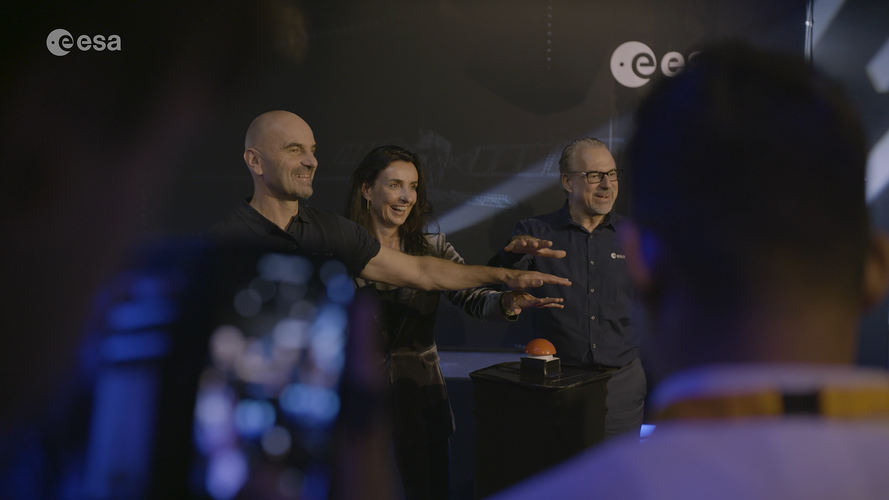 Video:
00:03:03
Video:
00:03:03
On Saturday 7 and Sunday 8 October 2023, the European Space Agency opened the doors to the European Space Research and Technology Centre, ESTEC, in the Netherlands. Where science meets science fiction, the theme of this year's open day was ‘Science Fiction Gets Real’, highlighting how science fiction has inspired scientists and engineers to join ESA, and turn once imaginary concepts into science fact. The single largest ESA establishment invited the public to meet astronauts, view spacecraft, and peer behind the scenes of Europe’s space adventure, along with a full schedule of events and talks from Space
International ocean satellite monitors how El Nino is shaping up
 Not all El Nino events are created equal. Their impacts vary widely, and satellites like the U.S.-European Sentinel-6 Michael Freilich help anticipate those impacts on a global scale by tracking changes in sea surface height in the Pacific Ocean.
Water expands as it warms, so sea levels tend to be higher in places with warmer water. El Ninos are characterized by higher-than-normal sea leve
Not all El Nino events are created equal. Their impacts vary widely, and satellites like the U.S.-European Sentinel-6 Michael Freilich help anticipate those impacts on a global scale by tracking changes in sea surface height in the Pacific Ocean.
Water expands as it warms, so sea levels tend to be higher in places with warmer water. El Ninos are characterized by higher-than-normal sea leve A simulation to visualize the evolution of Alpine ice cover over the last 120,000 years
 The last glacial period began around 115,000 years ago, and was punctuated by cold and warmer cycles, resulting in the advance and retreat of glaciers that shaped the landscape of the European Alps and their surroundings, carving out valleys.
A new computer model makes it possible to reconstruct this evolution with unprecedented precision. It provides a direct visualization of the phenomen
The last glacial period began around 115,000 years ago, and was punctuated by cold and warmer cycles, resulting in the advance and retreat of glaciers that shaped the landscape of the European Alps and their surroundings, carving out valleys.
A new computer model makes it possible to reconstruct this evolution with unprecedented precision. It provides a direct visualization of the phenomen 




























